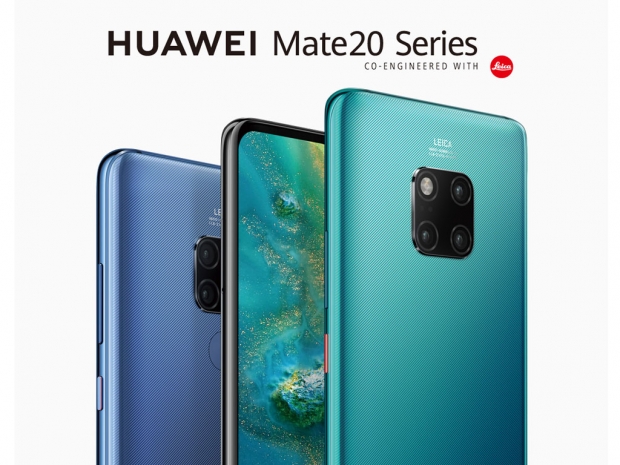In addition to the Mate 20 Pro and the Mate 20, Huawei also unveiled the larger Mate 20 X, targeting gamers, and the special Mate 20 RS Porsche Design, but we will talk about those a bit later.
Huawei 7nm Kirin 980 SoC makes it debut
There are quite a few differences between the Mate 20 Pro and the Mate 20, but both will also share some specifications, including the Kirin 980 SoC.
Following Apple's 7nm A12 Bionic SoC, Huawei is the second maker to come to market with a 7nm chip, the Kirin 980. The octa-core chip packs 6.9 billion transistors and is designed with three CPU clusters, including the big dual-core Cortex-A76, clocked at up 2.6GHz, dual-core Cortex-A76 clocked at 1.92GHz, and the low-power quad-core Cortex-A55 cluster clocked at up to 1.8GHz. It also comes with Mali-G76 MP10 GPU.
According to Huawei, these high power Cortex-A76 cores should provide 75 percent higher performance while improving power efficiency by 58 percent, at least compared to the previous Kirin 970 SoC. The GPU is 46 percent faster with 178 percent performance improvement.
It also has a dedicated NPU, with 226 percent performance improvement in AI and 182 percent improvement in power efficiency.
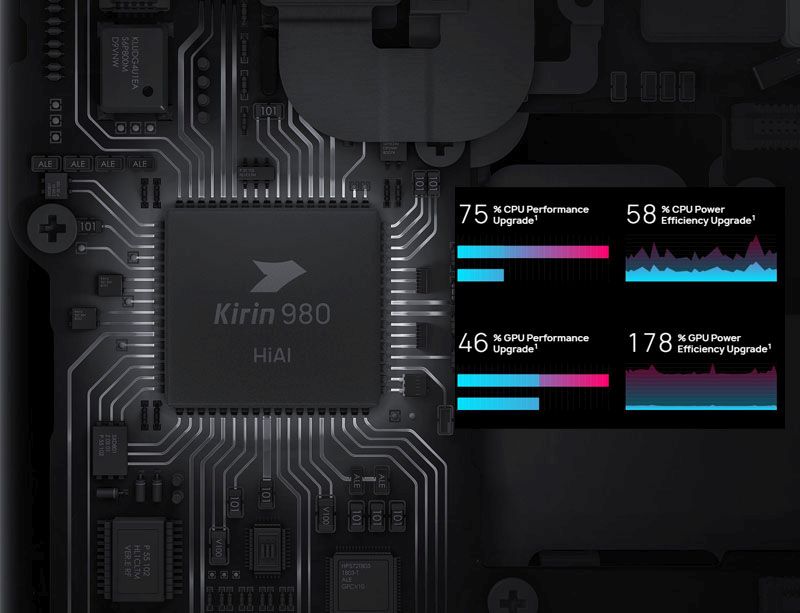
Huawei also claims to have the fastest WiFi and modem in the market, but that was always Qualcomm's forte so we will have to wait for their 7nm chip. In terms of performance, Huawei claims the world's first 1.4Gbps Cat.21 smartphone with Mate 20 Pro, and a WiFi peak rate of 1733Mbps. It also claims a 10x higher GPS accuracy with dual-frequency band GPS, L1, and L5.
The flagship Mate 20 Pro
The Huawei Mate 20 Pro is definitely a piece of art, and while it has a notch at the top, the Huawei Mate 20 Pro looks like a proper flagship smartphone.
Measuring at 157.8x72.3x8.6 mm (6.21x2.85x0.34-inches) and weighing in at 189g, the Mate 20 Pro has a front and back glass combined with an aluminum frame. It is P68 dust and water resistant (up to 2m for 30mins).
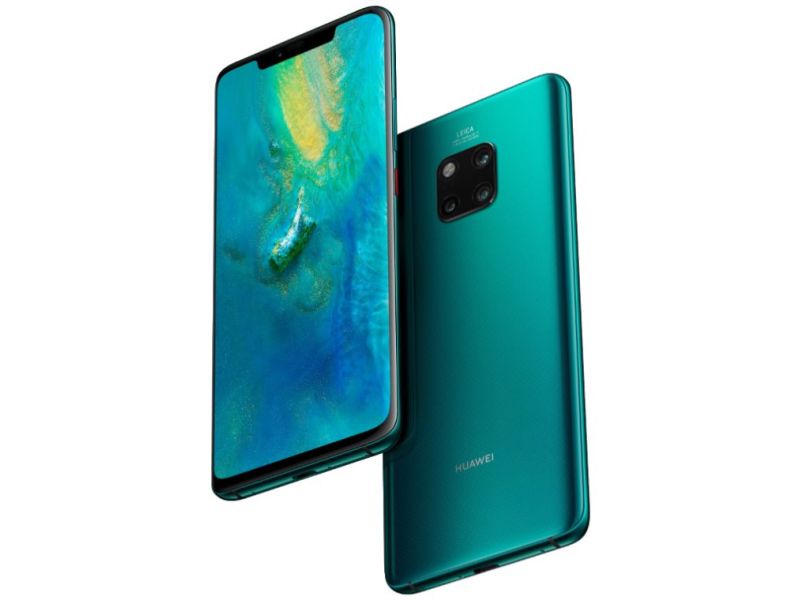
The Kirin 980 Soc in the Mate 20 Pro will be paired up with 6GB of RAM and 128GB of storage, and in case you need more storage space, Huawei introduced the new NM cards, but we are still waiting for further details on those.
The Mate 20 Pro has a 6.39-inch 4120x1440 resolution curved OLED screen with HDR support, leaving it with a 538 ppi and 87.78 screen-to-body ratio. This is a 19.5:9 aspect ratio screen and its curved sides really give it a certain appeal. The Mate 20 Pro does not have a speaker, as it will project sound through the USB Type-C hole.
As the flagship offering, the Huawei Mate 20 Pro will have plenty of high-end features, including an under-screen fingerprint reader, as well as plenty of other high-tech things squeezed inside that wider notch, including dot projector, flood illuminator, proximity and ambient light sensor, IR camera, and a front 24-megapixel selfie RGB camera.
Connectivity-wise, you get 802.11ac dual-band WiFi, Bluetooth 5.0, USB 3.1 Type-C port, GPS (L1 + L5 dual band), AGPS, Glonass, BeiDou, Galileo, and QZSS (L1 + L5 dual band). It also comes with 4,200mAh battery, that should last up to 11.21 hours with the heavy user profile, and offer 40W SuperCharge, charging it up to 70% in just a half an hour. It also comes with 15W wireless charging and can reverse charge another device (including iPhones, as Huawei was quite keen to show).
The biggest update on the Mate 20 series is the rear triple-camera setup, which Huawei is calling the "Matrix camera system", still co-engineered with Leica. The Mate 20 Pro will have a 40-megapixel main camera with a 27mm wide-angle f/1.8 lens, 20-megapixel 16mm ultra-wide angle f/2.2 lens, and an 8-megapixel 3x telephoto 80mm f/2.4 lens. The Mate 20 Pro will use a 1/1.7-inch type sensor, which is 125 percent larger than other sensors on the market.
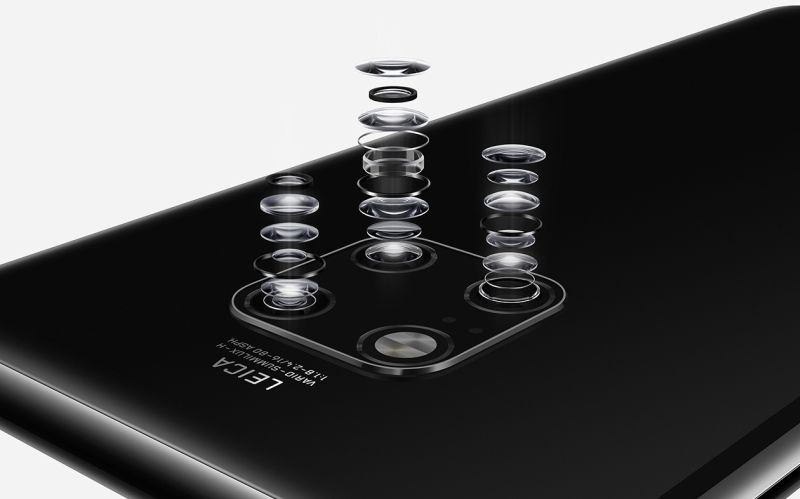
The rear camera should offer incredible night shots with 102400 ISO as well as use some high-end lenses and 16-270mm wide-range focal length for some impressive zoom shots, offering 3x optical zoom, 5x hybrid zoom, and 10x digital zoom. It will also have an impressive macro mode, with an ability to take pictures from up to 2.5cm from the object.
Huawei Mate 20 cuts-down on specs but still packs a punch
Unlike the Mate 20 Pro, the Mate 20 lacks some of those high-end features but still has the same Kirin 980 SoC. The Kirin 980 will be paired up with 4GB or 6GB of RAM and 128GB storage.
The Mate 20 is somewhat larger but thinner at 158.2x77.2x8.3mm and is also lighter at 188g. It also has a front and back glass with an aluminum frame and comes in the same Emerald Green, Midnight Blue, Twilight, Pink Gold, Black color options.
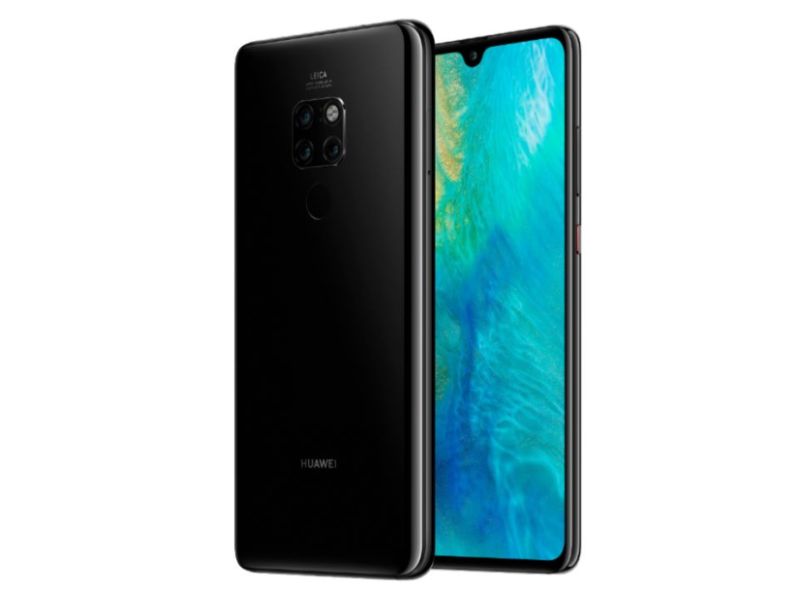
Unfortunately, Huawei had to cut some corners, so the Mate 20 comes with the larger 6.53-inch screen but with a non-curved IPS LCD RGBW matrix 2244x1080 resolution panel and a tear-drop-like notch. This leaves it with an 88 percent screen to body-to-screen ratio and 18.7:9 aspect ratio. It also supports wide DCI-P3 color gamut and has HDR support.
The Mate 20 also lacks under-display fingerprint reader, which is now placed at the back, has an IP53 rating same connectivity, but lacks those high-end features like Face ID, as it lacks all those sensors in the front notch, which now only houses a 24-megapixel f/2.0 selfie camera.
It also has a triple rear camera setup but it comes with different sensors (1/2.3") and lenses so you get a 12-megapixel 27mm f/1.8, 16-megapixel 17mm wide f/2.2, and 8-megapixel 52mm tele f/2.4 modules. It still has dual-LED dual-tone flash support for HDR and can shoot 2160p at 30fps, 1080p at 60fps, and 720p at 960fps videos.
Apparently, Mate 20 will also lack the stereo speaker, or the one that works through the USB-C port, and won't have that fast 40W charging option, so it is stuck with 4.5V/5A charging which should get it up to 58 percent in 30 minutes for its 4,000mAh battery. Ž
The rest of the connectivity features should be the same as it still packs the 7nm Kirin 980 SoC.
Pricing and availability
Both the Mate 20 and the Mate 20 Pro should be available as of today with a starting price of €1,050 for the Mate 20 Pro. The Mate 20 will sell for €800 for the 4GB/128GB and €850 for the 6GB/128GB version.
There are still no details regarding the price of those NM storage cards but hopefully, those will show up eventually.
Fudzilla's Mike Magee attended the event in London today and will give his perspective tomorrow.

